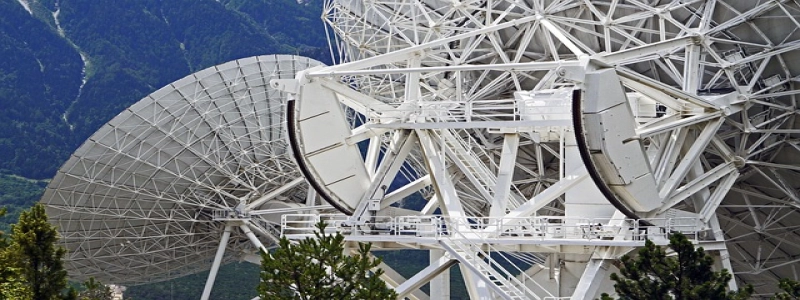sfp fiber connector
Sissejuhatus:
The SFP fiber connector, also known as the Small Form-factor Pluggable connector, is a popular interface used in networking and telecommunications. It is a compact and hot-pluggable transceiver module that enables the transmission of optical signals over fiber optic cables. Selles artiklis, we will explore the various aspects of the SFP fiber connector and its significance in modern communication systems.
I. Overview of SFP Fiber Connector:
A. Määratlus ja eesmärk:
The SFP fiber connector is a standardized interface designed to support fiber optic communication. It serves as a link between devices, nagu lülitid, ruuterid, and network cards, and allows for the exchange of data through optical fibers.
B. Form-factor and Size:
The SFP fiber connector is compact and small in size, enabling high-density installations in networking equipment. It follows the SFP MSA (Mitme allika leping) standard and is available in various form-factors, sealhulgas SFP, SFP+, and SFP28.
II. Key Features and Benefits:
A. Hot-Pluggable:
The SFP fiber connector is hot-pluggable, meaning it can be inserted or removed from a device without interrupting its operation. This feature allows for easy installation and maintenance of network equipment.
B. Flexibility and Interchangeability:
The SFP fiber connector is designed to be interchangeable, allowing users to easily upgrade or replace transceiver modules to meet their changing network requirements. It offers flexibility in terms of fiber type, transmission speed, and reach.
C. High Speed and Bandwidth:
The SFP fiber connector supports high-speed data transmission, making it ideal for applications that demand large bandwidth, such as data centers, telecommunications networks, and high-performance computing.
D. Ühilduvus:
The SFP fiber connector is widely adopted and compatible with various fiber optic interfaces, including single-mode and multimode fibers. It ensures seamless integration with existing network infrastructure.
III. Types of SFP Fiber Connectors:
A. SFP:
The SFP connector, also known as SFP transceiver, supports data rates up to 4.25 Gbps and is commonly used in Ethernet applications.
B. SFP+:
The SFP+ connector is an enhanced version of SFP, with increased data rates of up to 10 Gbps. It is widely employed in 10 Gigabit Ethernet and Fiber Channel applications.
C. SFP28:
The SFP28 connector offers even higher data rates of up to 25 Gbps, making it suitable for modern high-speed networks, including 25 Gigabit Ethernet.
IV. Applications of SFP Fiber Connector:
A. Telekommunikatsioon:
The SFP fiber connector plays a crucial role in telecommunications networks, enabling the transmission of voice, andmeid, and video signals over long distances.
B. Andmekeskused:
SFP connectors are extensively used in data centers for high-speed connectivity, facilitating efficient and reliable data transfer between servers, lülitid, ja salvestusseadmed.
C. Network Infrastructure:
SFP fiber connectors are vital components in network infrastructure, ensuring seamless connectivity and data transmission between network devices.
Järeldus:
The SFP fiber connector is a versatile and widely adopted interface that enables high-speed and efficient data transmission over fiber optic cables. With its compact form-factor, hot-pluggable design, and compatibility with different fiber types, it has become an integral part of modern communication systems. Whether in telecommunications, data centers, or network infrastructure, the SFP fiber connector continues to play a significant role in enabling seamless and reliable connectivity.








